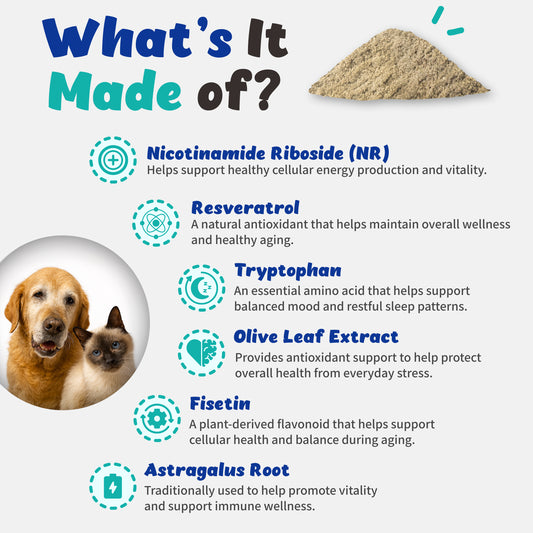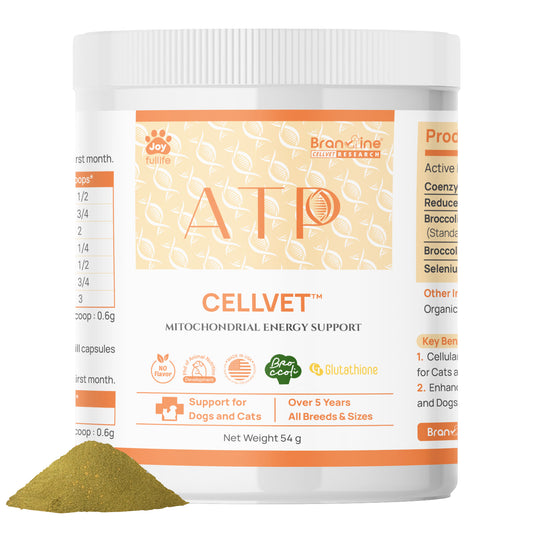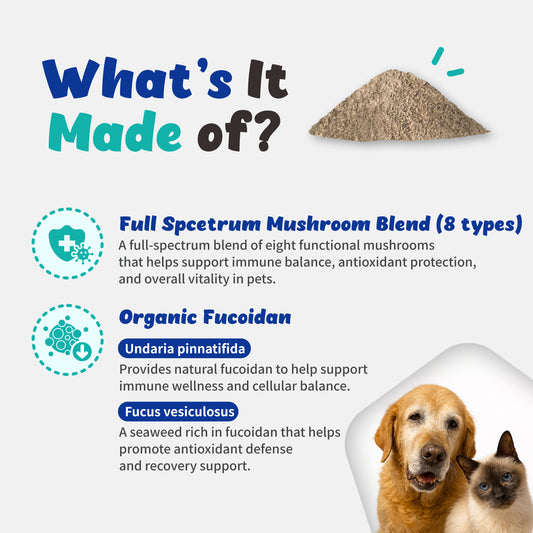Cats need more protein than dogs.
While the recommended protein intake for dogs is 45-56.3g based on 1000 kcal, the recommended protein intake for cats is 65-75g, about 30% more.
Recommended protein and amino acid intake for cats -> growth stage

Recommended protein and amino acid intake for cats ->Adult-age stage
Why do cats need more protein than dogs?
- Liver enzymes that break down amino acids are permanently set to high levels. This may indicate that essential nitrogen loss is high because cats waste amino acids and are unable to conserve nitrogen. (Amino acids contain nitrogen molecules).
- Because cats have relatively large brains, a significant portion of their protein must be converted to gluconeogenesis to feed the brain. Thus, the cat's high protein requirement is a result of its high metabolic demand for glucose, which must be met by amino acid-based gluconeogenesis.
What is Glucose Synthesis? As glucose is synthesized from non-carbohydrate precursors, it can be seen that the enzymes of this neosynthesis are more active in the liver of cats than in dogs. Cats are less able to convert carbohydrates into glucose, a common route, to generate energy.
In other words, “cats have a low ability to energize carbohydrates and use protein as an energy source, and their brains, which are larger than their bodies, are at the center of it.”
Cats only explain that they need more protein genetically or nutritionally, but I don't think everyone can give a scientific explanation for the exact reason.
Cats do not have a high protein requirement per se, but a secondary increased protein requirement in response to endogenous glucose requirements. is the correct answer.
Another thing that is different from dogs is that the daily intake of taurine is specified. This is because cats have limited enzyme activity to make taurine from amino acids such as methionine and cysteine. Based on this standard, cat food has no choice but to contain taurine.
The daily intake of arginine is also very high compared to dogs, as arginine is a precursor to the production of ortinine.
Ornithine is necessary because it binds to ammonia, which is produced during protein breakdown, and in cats, the only way to produce ornithine is to convert arginine.
Therefore, a sufficient intake of arginine can support the kidneys and liver by helping them better process ammonia, a product of protein breakdown.
A final peculiarity is that it stipulates the maximum intake of tryptophan and methionine. The values marked in red in the table indicate the maximum intake of tryptophan and methionine.
Although the maximum intake is much higher than the recommended intake, it is not a cause for concern, but kittens who consume too much methionine lose weight and do not grow well, and if they consume too much tryptophan, symptoms of vomiting and diarrhea appear.
For this reason, the American Feed Association has established maximum intakes for these two amino acids.





















